|
This Turkey Vulture was photographed at Indian Lake Estates with the Canon EF 600mm f/4L IS II USM lens and the Canon EOS-1D X Digital SLR camera. ISO 400. Evaluative metering +1/3 stop as framed: 1/1000 sec. at f/7.1 in Manual mode left the bill tip with a very few blinkies. Central sensor Surround/AI Servo/Rear Focus AF on the bird’s neck active at the moment of exposure. Click here if you missed the Rear Focus Tutorial. Click on the image to see a larger version. As it almost always is when I am working from the car the lens was supported on the lowered window of my Sequoia on a BLUBB, the Big Lens Ultimate BeanBag that I designed myself. It is available only from BAA. See the BLUBB and learn more here. Beware of cheap knock-offs; all are seriously lacking in size, heft, and quality materials. None have the non-skid material on the inside of the ears and none have the noise-less fabric top. |
The Challenge
In the comments at the “Comparing the Canon 500mm f/4L IS II and the Canon 600mm f/4L IS II” blog post of March 2, 2013, Ken Clear wrote, “I would like to see a comparison of the 600 and the 500 with the same type of shots.”
I have been heading down to the lake most mornings with Ken’s request in mind but as birds generally do not stay put in the same place for long the task was a difficult one. Yesterday this Turkey Vulture was picking at a really dead and desiccated fish in the sand pit. I created the image above with the 600 II and the 1D X, grabbed the 500 II with the 5D III (also full frame), and made the similar image that I needed for this blog post.
|
This image of the same bird was created less than a minute after the image above was created, this one with the Canon 500mm f/4L EF IS II lens and the Canon EOS 5D Mark III. ISO 400. Exposure set 1/3 stop darker than as above because to avoid the blinkies on the bill tip: 1/1250 sec. at f/7.1 in Manual mode. Central sensor Surround/AI Servo/Rear Focus AF on the bird’s neck and re-compose. Click here if you missed the Rear Focus Tutorial. Click on the image to see a larger version. As it almost always is when I am working from the car the lens was supported on the lowered window of my Sequoia on a BLUBB, the Big Lens Ultimate BeanBag that I designed myself. It is available only from BAA. See the BLUBB and learn more here. Beware of cheap knock-offs; all are seriously lacking in size, heft, and quality materials. None have the non-skid material on the inside of the ears and none have the noise-less fabric top. |
The Comparison
For a direct comparison of subject size with a 600mm focal length and subject size with the 500mm focal length check out the animated GIF below.
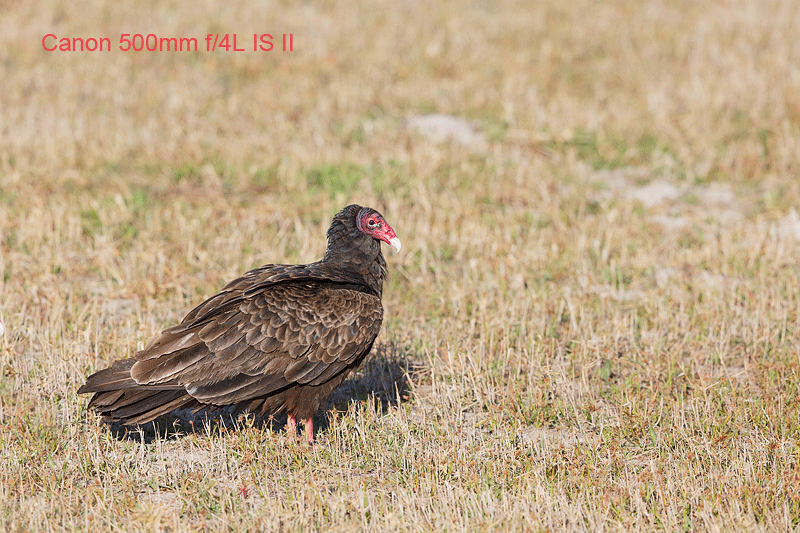
|
The Size of the Subject in the Frame is Directly Proportional to the Square of the Focal Length: A Practical Example
The animated GIF above should give most a clear understanding of the major benefit of choosing the longer focal length when considering the 600 II vs. the 500 II. As noted before, here is the math: since the size of the subject in the frame is a function of the square of the focal length, a subject that fills 25% (5X5) of the frame in an image created with a 500mm lens will fill 36% (6X6) of the frame if photographed with a 600mm lens from the same distance. The huge advantage here goes to the 600 II as it renders the subject 44% larger in the frame than the 500 II.
If you need the reach the 600 II is obviously the way to go. But before you plunk down your credit card, be sure to give the original comparison post a very careful read.
Please
If reading this article or the original blog post here please consider clicking on one of the two logo links below and making your purchase using our B&H affiliate link. Doing so helps to support my bringing you the free educational information that so many enjoy here on a daily basis.
Please also remember to purchase the needed accessories including tripods, tripod heads, LensCoats, and plates from the BAA Store.
|
This image of the same Turkey Vulture photographed from the exact same spot was created with the Canon EF 600mm f/4L IS II USM lens, the Canon 2x EF Extender III (Teleconverter), and the Canon EOS-1D X Digital SLR camera. ISO 400: 1/400 sec. at f/11 in Manual Mode. Central sensor (by necessity) Expand/AI Servo/Rear Focus AF on the bird’s face and re-compose. Click here if you missed the Rear Focus Tutorial. Click on the image to see a larger version. You cannot beat the 600II/2XIII TC combo for reach (with phase detection AF). |
Just for the Record Book
I included the image above to give you an idea of the advantage of becoming competent when using the 2X III TC with an f/4 super-telephoto lens. Note that I went to f/11 to ensure sufficient depth-of-field and that I needed to focus on the bird’s face and then re-compose. Had the central sensor been active at the moment of exposure focus would have been on the nearest part of the folded wing and the bird’s face and eye would not have been rendered sharply even at f/11. Depth-of-field in situations like this is measured in tiny fractions of an inch.
Again, the lens was supported on the lowered window of my Sequoia on a BLUBB, the Big Lens Ultimate BeanBag that I designed myself. It is available only from BAA. See the BLUBB and learn more here. Beware of cheap knock-offs; all are seriously lacking in size, heft, and quality materials. None have the non-skid material on the inside of the ears and none have the noise-less fabric top. If you have trouble creating sharp images with or without a TC see the section on Advanced Sharpness Techniques beginning on page 460 of the Spreads for Easy Viewing version of ABP II.
|
Images courtesy of and copyright 2012: Bill Mueller. Card design by Denise Ippolito. |
Old Car City Creative Photography In-the-Field HDR Workshop: Sunday, October 13, 2013/ 9am till 1pm.
White, Georgia: $250 plus a $15 entrance fee donation (cash only on the day of the event) that will go to charity. Limit: 16 photographers.
On October 13, 2013, Arthur Morris/BIRDS AS ART and Denise Ippolito/A Creative Adventure will be conducting an In-the-Field HDR Workshop at Old Car City in White, Georgia. Old Car City is about an hour north of Atlanta, GA and an hour south of Chattanooga, TN where they will, as noted above, be doing a full day seminar for the Photographic Society of Chattanooga on Saturday, October 12th. Click here for complete details.
Fort Desoto/Hooptie Deux–Roseate Spoonbill Short Notice IPT
The 2nd New Concept IPT: the Fort Desoto/Hooptie Deux–Roseate Spoonbill Short Notice IPT/April 3-7, 2013/5 DAYS: $2399. Strict limit: six photographers/ openings 5. Early April can be superb at Alafia Banks. Early April is almost always superb at Fort DeSoto. Click here for complete details.
With only a single registrant, this one is shaping up to be a practically private affair and represents an amazing opportunity for you to grow as a photographer.
Typos
On all blog posts, feel free to e-mail or leave a comment regarding any typos, wrong words, misspellings, omissions, or grammatical errors. Just be right. 🙂
Support the BAA Blog. Support the BAA Bulletins: Shop B&H here!
We want and need to keep providing you with the latest free information, photography and Photoshop lessons, and all manner of related information. Show your appreciation by making your purchases immediately after clicking on any of our B&H or Amazon Affiliate links in this blog post. Remember, B&H ain’t just photography!

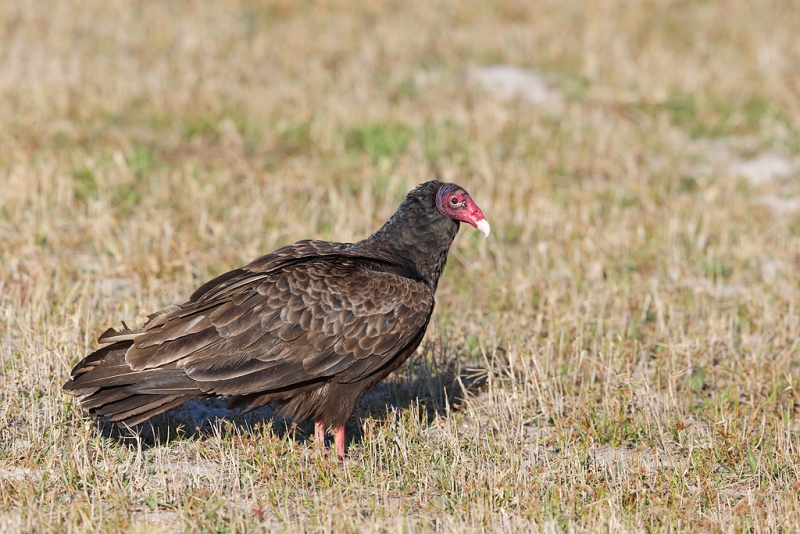
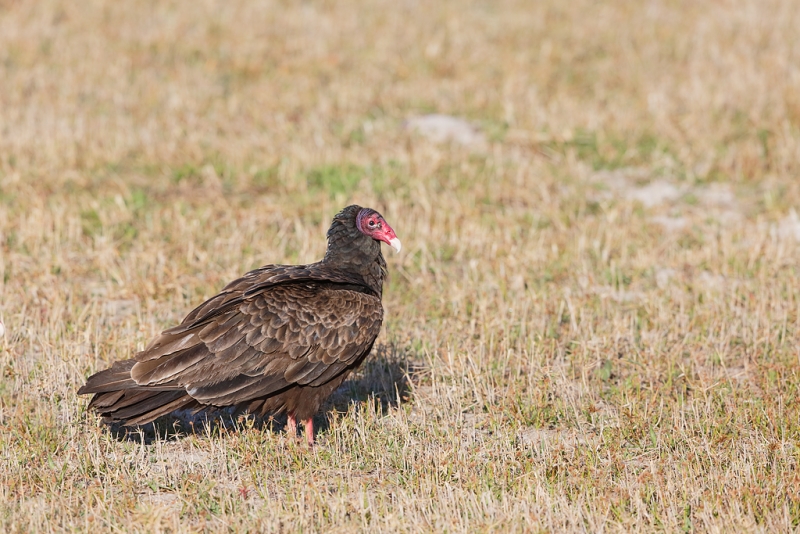
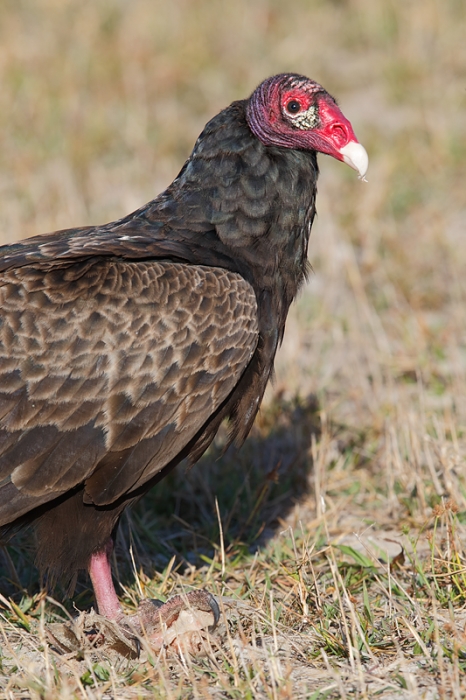
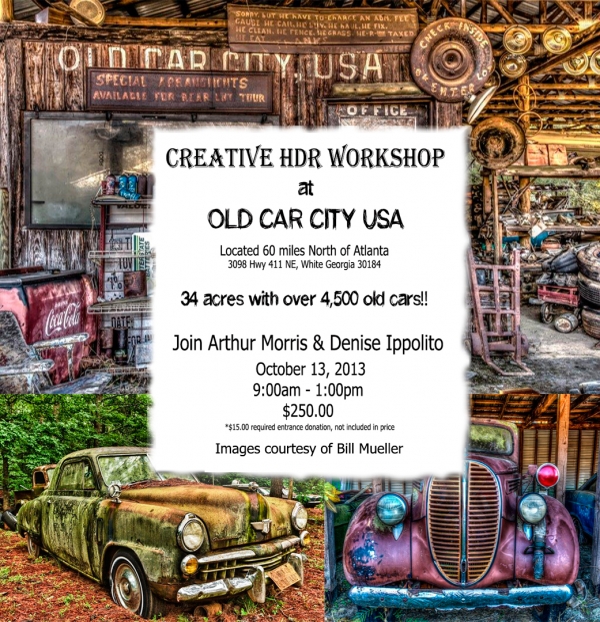













Artie
I am a brand new fan. Can’t get enough of your work. Here’s my question: If the largest lens you could carry was the 500 ii with the 2x converter, what percentage of your published portfolio would disappear?
That’s a tough question because in many cases I would have been be able to either get closer or crop to tighter… The latter will be doubly true once the 5D Mark III AF at f/8 firmware update is released. “April” is the last that I heard.
Best honest answer right now, probably about 20% +/-5%….
Where do you live?
ps: hope to see you on an IPT soon. Will be announcing two standbys soon: Bosque and SW FLA.
pps: thanks for stopping by and for your kind words. artie
One more thought on the new 600mm. I went out to Little Estero Lagoon yesterday afternoon and stupidly forgot my tripod. Rather than kick myself too much, I decided to try handholding. I could not sit due to the need to shoot down rather than at the condos so all shots were taken standing up. I was pleasantly surprised at the results. The new and improved IS is remarkable. Did not save me from a sore arm today though!
Hi Artie, I don’t know how you came up with the math that results in the 5×5 = 25 % of the frame, but on a relative basis, the relative size of the subject should be proportional to the square of the ratio of the focal length. Thus a subject shot with a 600mm should be (600/500)*(600/500) = 1.44 or 44% larger in a frame. So the results are absolutely correct. Still, it is stunning to see how much larger in the frame the turkey vulture is in this blog. I think I need to get myself a 600mm as I’m focal length limited trying to shoot white tailed kite.
Loi, Join the club of folks who need to read what I wrote…. I said, “If….” And then reached the exact same conclusion as you: the bird will be 44% larger in the frame with a 600 than with the 500.
Hi Artie,
I have a somewhat unrelated question to your subject being discussed, but it’s been bugging me, so I thought I would ask. For this particular shot, why did you pick evaluative metering versus manual? I have used eval mode 90% of the time up to a few month ago when I finally forced myself to start understanding and working with manual more often. I personally have been using manual in light that is more consistent versus a partially cloudy day for example. Is my thinking wrong there? It appears that the light on the vulture is fairly constant. Thanks.
-Bryan
Hi Bryan, Thanks for stopping by. You are badly confused. 🙂 Evaluative metering is a metering mode. Manual is a shooting mode. I think that you are trying to compare working in Manual mode versus working in Av mode….
Yes, the light was constant. And working in Av mode would have presented problems as the black bird filled more or less of the frame. All that matters is getting some data in the fifth ox of the histogram without having any significant blinkies….
Note: I use Evaluative as my metering mode 100% of the time. In fact, the other metering modes are disabled.
Yep, badly confused. :). Not sure why I thought you were talking about Av Mode. I think I just really wanted to ask you that question. So, that being said, you did actually answer my question. I promise I really am not that confused. Thanks!
Thanks again for discussing this comparison. I’d like to point out that, while it is true that the *area* of the subject will be increased proportionally to the square of the focal length, the *magnification* is not. The magnification going from the 500mm to the 600mm is only a 20% increase: (600-500)/500 = 100/500 = 1/5 = 20%. In other words, if you have a bird that appears to be 5 inches long when photographed with the 500mm, it will only look 6 inches long when photographed with the 600mm – a 20% increase in “size”. This is a much smaller increase in “size” than it appears to be when referring to the “area” measurement using the square of the focal length, and, at least for myself, is the more practical measure of the difference between the two lenses when thinking about “reach”.
Your math is as correct as my math. Best to simply look at the animated GIF :). The rest is mental semantics.
Artie, yes, as you say, both calculations are correct.
However, when I think about wanting better “reach” I don’t think about how much of an increase in “area” I want; rather, I think about how much “closer” I want the object to be. The way binoculars are rated is the way I think: 1x, 5x, 8x, 10x. I want to know how many times closer than what I see with my eyes the magnification will bring me. That’s the same way I think when I think about focal lengths: With a full-frame (“35mm”) sensor, a 50mm lens is basically “normal” (1x), a 100mm is 2x, a 200mm 4x, a 400mm 8x, a 500mm 10x, 600mm 12x, 800mm 16x. I think in those terms, not in terms of the percentage of increase in area. That’s why I think that the “proportional to the square of the focal length” is not as meaningful of a way to describe this, because I doubt that most of us actually think in those terms. At least for me, I think, “Oh, I wish that were twice as close”, or “I wish that were 4 times as tall (or long) in the frame”… Even with the animated GIF, I look at how much longer (or taller) the object is, not the increase in area. That’s why I never think about the area increase, just the multiplier for how much closer the focal length will bring me.
As you say, both calculations are correct. My brain just thinks in terms of length or height, so I use that calculation. 🙂
Thanks again for all your helpful material!
YAW. Whatever works for you. What long super-telephoto(s) do you own and use?
Excellent demonstration. I knew the theory but seeing the examples was very informative. I sold my 500 so quickly that I was never able to do this test with my new 600mm.
YAW Bill. I hope to do a vertical comparison soon.
I look forward to seeing a vertical. I hope you find a prettier bird!
Me too. I made a beautiful vertical of a Sandhill Crane in EML with the 600 and just as I was set to push the shutter button with the 500 it moved….